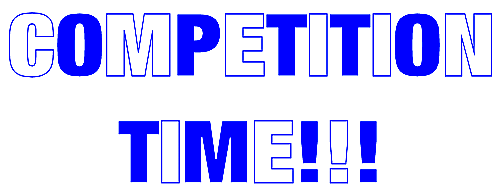It's a no-brainer that
classrooms should be inviting environments that make students feel good to be
there. What does your classroom
physical
environment say about your classroom culture? When looking at the Classroom
Framework, NHA identifies several expectations under the Physical Environment indicator.
Classroom Culture
|
Teacher leads a self-managing
classroom by building positive relationships, maintaining physical space,
sustaining classroom routines and procedures, and holding students
accountable to behavioral expectations.
|
Indicators
|
Ineffective
|
Developing
|
Effective
|
Exemplary
|
|
Physical
Environment:
Teacher optimizes the physical space
of the classroom for student learning by maintaining a clutter free and
print-rich environment, providing access to materials, as well as arranging space
for movement and collaboration.
|
A) Teacher does not maintain physical
space in a way that optimizes student learning.
|
B) Teacher maintains a clutter free
environment.
C) Teacher purposefully arranges the
learning space.
D) Teacher arranges materials for
students to access.
|
E) Teacher arranges the learning
space in a way that optimizes movement, collaboration (student-student,
teacher-student) and presentation.
F) Teacher creates a print-rich
environment that comprises a majority of authentic student or teacher created
materials along with real life materials
|
G) Students utilize materials and
furniture arrangement to further their learning.
H) Students self-manage and
contribute to maintaining the cleanliness and order of the classroom.
|
|
|
|
|
|
|
To reach the exemplary level, I’ve created a checklist.
· Is your classroom void of
clutter on your desk, floor, and your walls? When every space on your walls has
something on it, it can be overstimulating to some students. Err on the side of
more wall space, less posters.
· Can your students access
materials and are they utilizing them? Or are all your assignments
paper-pencil?
· Do you have students’
desks arranged in a way that encourages collaboration? I understand that different types of instruction require
different seating arrangements, so there is more than one way to arrange your
seats. However, consider that if you have seats in rows, students at the front
can't see any of the students in the class. Those in the back mostly just see
the heads of their classmates.
· Is majority of the work
around the room created by you and your students? Or from the teacher store and
Teachers Pay Teachers? I love walking into classroom where there is a wall
dedicated to student work, anchor charts are posted (What, How, Where; Math
Stories; Social Contract; etc.), and a moral focus wall is displaying evidence
of the lessons you have taught.
· Do you have a designated
space in your classroom to meet with students for small group instruction?
· Do students contribute to
the cleanliness of your room when transitioning from one subject to another?
Thank you for taking to
time to reevaluate your learning environment. Importantly, including students in creating the physical environment can
enhance that environment, increase the feeling of classroom community, and give
students a sense of empowerment.














